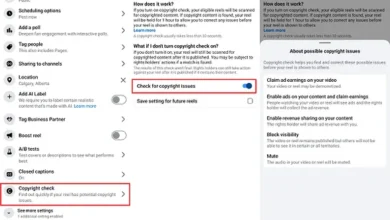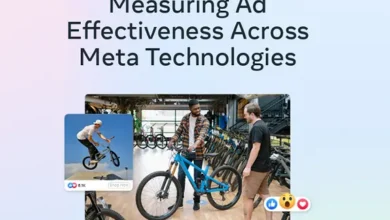YouTube Previews its Coming Likeness Detection Tool
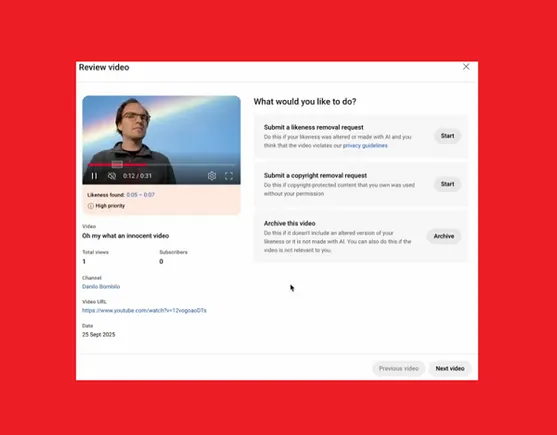
YouTube has shared some additional info on its coming likeness detection tool, which will enable creators to upload an image of their face, which YouTube will then be able to use as a reference to detect other uploads that include their likeness.
Which could include re-posts of their own content, or increasingly, AI deepfakes, giving creators the opportunity to request removal of unauthorized usage.
YouTube officially announced the option at its Made On event last month, though it’s actually been working on various identity detection measures for the past year, including visual likeness detection, but also audio detection as well, to help musicians police their IP.
But facial recognition, and detecting unauthorized use of your likeness, is the focus of this update.
YouTube’s new tool will use face scans, as well as government ID, to reference check across uploads.
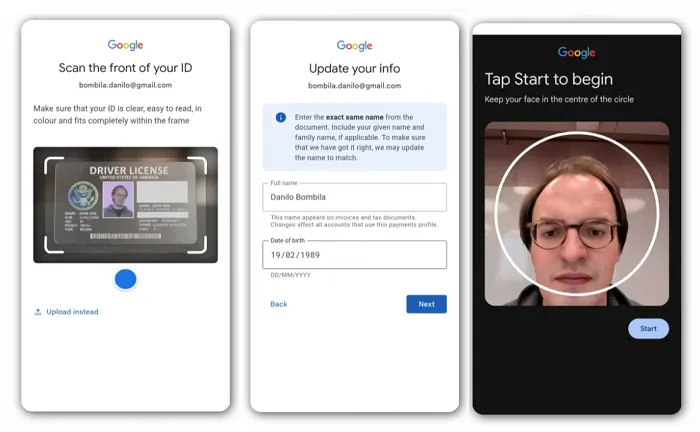
As you can see in this sequence, YouTube’s likeness detection will be enabled via YouTube Studio, and will require creators to upload their government ID, along with a face scan.
The face scanning element could be somewhat controversial, given past misuse of face ID, and concerns about privacy. In this process, your face scan will be uploaded to Google’s servers for processing, and it will need to keep that face scan on file, and matched up with your government ID, for future detection.
So you will have to submit your facial recognition info to the app, which, as noted, could be a privacy concern. But there’s not really any other way to do this.
And with more and more AI fakes being made, particularly of high-profile people, this does look set to be reignited as a point of debate on this front.
Once you’ve submitted your face scan and info, YouTube will then be able to highlight when your likeness has been used across the app, with results presented in a list to review.
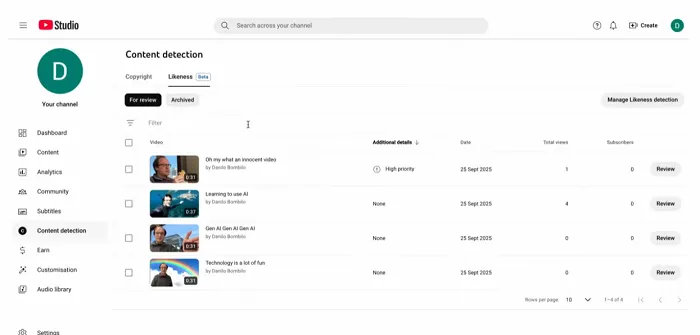
YouTube notes that this may well be empty for you, which is completely normal. But if YouTube’s system can find visual matches, you’ll be able to view them all here.
From there, you’ll have the option to submit a removal request if you don’t approve of this usage:
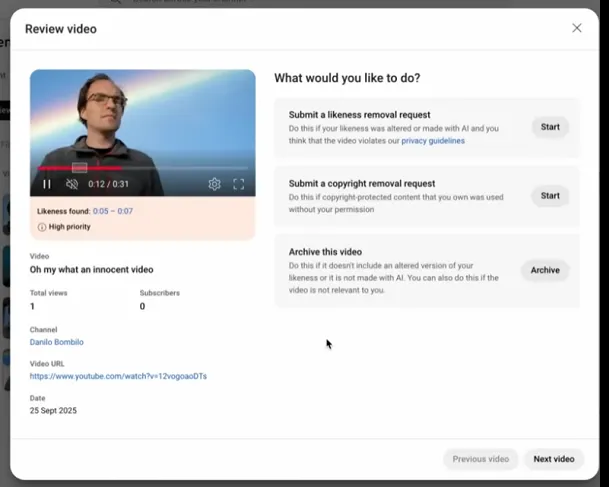
It’s a fairly straightforward system, using Google’s advancing entity recognition to pick out matching instances across the millions of videos uploaded to the app every day.
Which could also mean that it may still miss some, while there could also be false positives. Also, using AI tools, re-posters may seek to evade detection when ripping off your clips, by reimagining your original content in another form.
As such, this isn’t a 100% guaranteed way to detect and stamp out misuses of you or your ideas. But it’s a significant step, which will give creators more ways to manage such.
YouTube says that it’s been testing this tool with a small subset of creators over the past few months, and will be looking to expand it to all creators in the YouTube Partner Program (YPP) in the near future.

